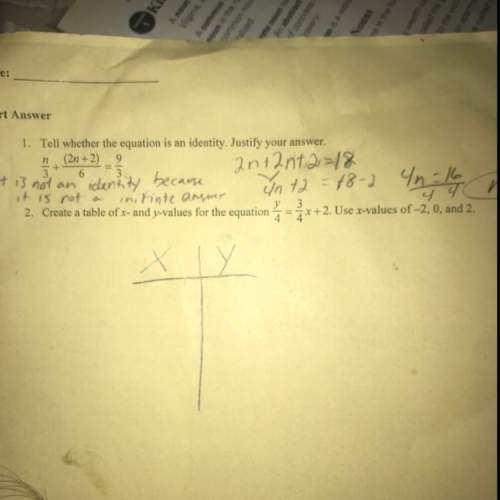
Physics, 23.09.2021 14:00 jorozco3209
In 1971, U. S. astronaut David Scott conducted a simple yet famous experiment on the
surface of the moon, where gm = 1.62 m/s² is the magnitude of the gravitational
acceleration, and there is no atmosphere. Specifically, he dropped a hammer and a feather
from rest at the same height above the ground. Assuming that he released the hammer
from a height 1.55 m above the moon's surface, how fast was the hammer moving when
it hit the ground?
A) 0.98 m/s
B) 1.38 m/s
C) 1.91 m/s
D) 2.24 m/s
E) 5.02 m/s

Answers: 2
Another question on Physics

Physics, 22.06.2019 09:10
The air that we breath is made mostly of which gaseous molecule
Answers: 1

Physics, 22.06.2019 14:00
If element x has 99 protons how many electrons does it have
Answers: 1

Physics, 22.06.2019 14:30
Which of these is constant for all types of electromagnetic radiation in a vacuum? select one: a. wavelength b. frequency c. photon energy d. amplitude e. velocity
Answers: 3

Physics, 22.06.2019 18:00
Air enters a gas turbine with two stages of compression and two stages of expansion at 100 kpa and 17°c. this system uses a regenerator as well as reheating and intercooling – the intercooler returns the air to the inlet temperature. the pressure ratio across each compressor is 4 ; 300 kj/kg of heat are added to the air in each combustion chamber; and the regenerator operates perfectly while increasing the temperature of the cold air by 20°c. determine the system’s thermal efficiency. assume isentropic operations for all compressor and the turbine stages and use constant specific heats at room temperature. (0.378)
Answers: 3
You know the right answer?
In 1971, U. S. astronaut David Scott conducted a simple yet famous experiment on the
surface of th...
Questions



Chemistry, 17.05.2021 19:00

Mathematics, 17.05.2021 19:00

Health, 17.05.2021 19:00

Biology, 17.05.2021 19:00


Mathematics, 17.05.2021 19:00



History, 17.05.2021 19:00


Chemistry, 17.05.2021 19:00





History, 17.05.2021 19:00





